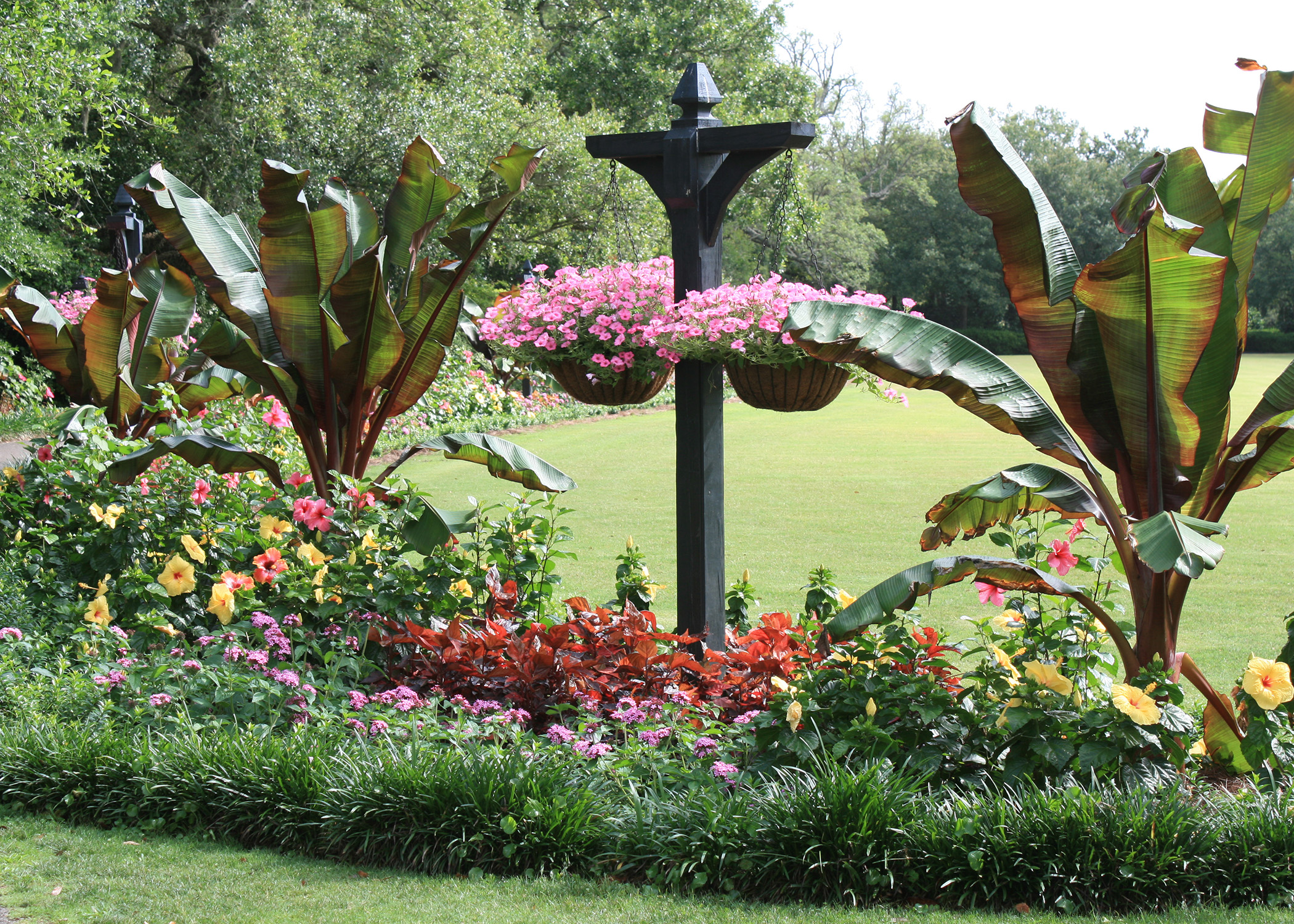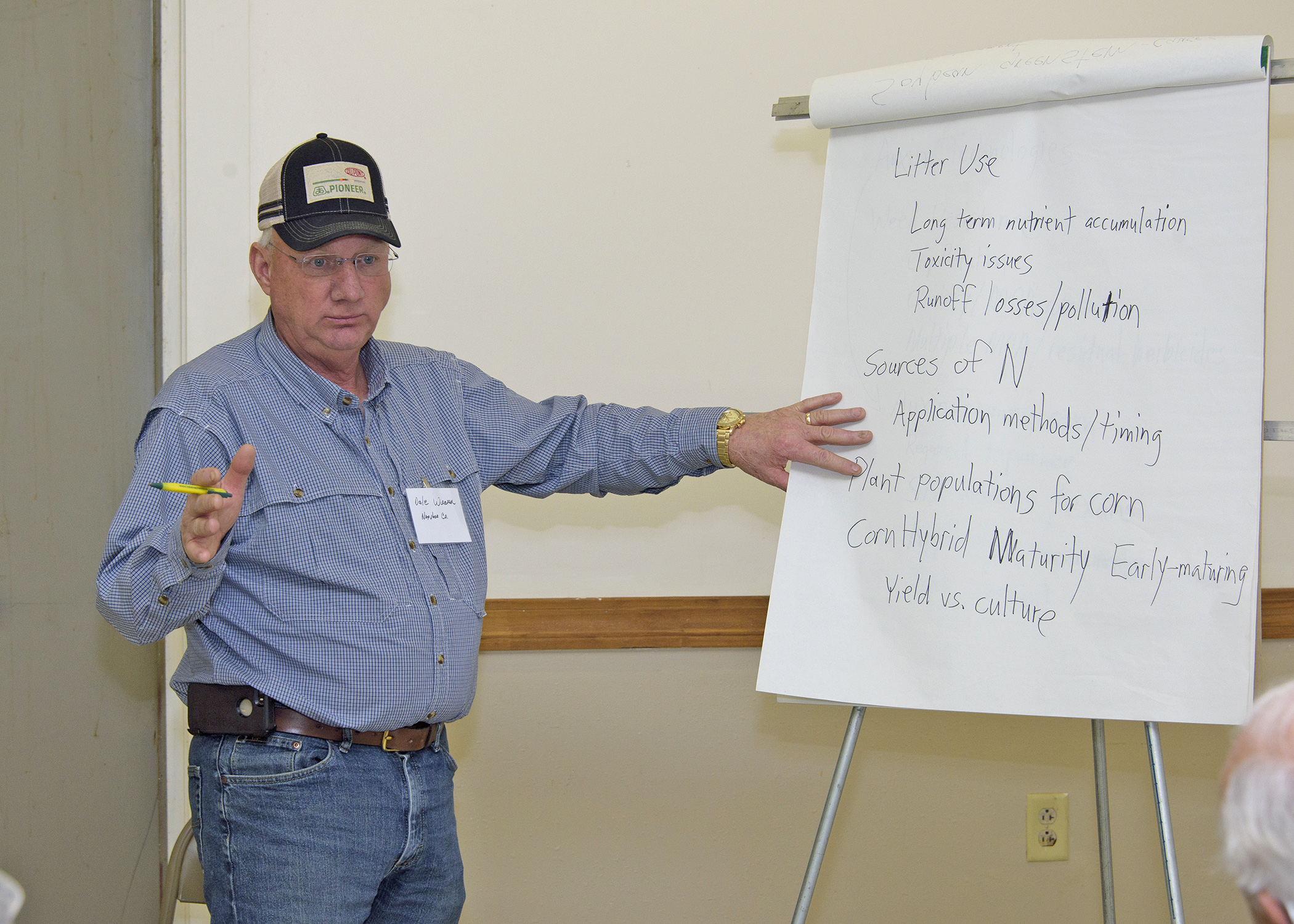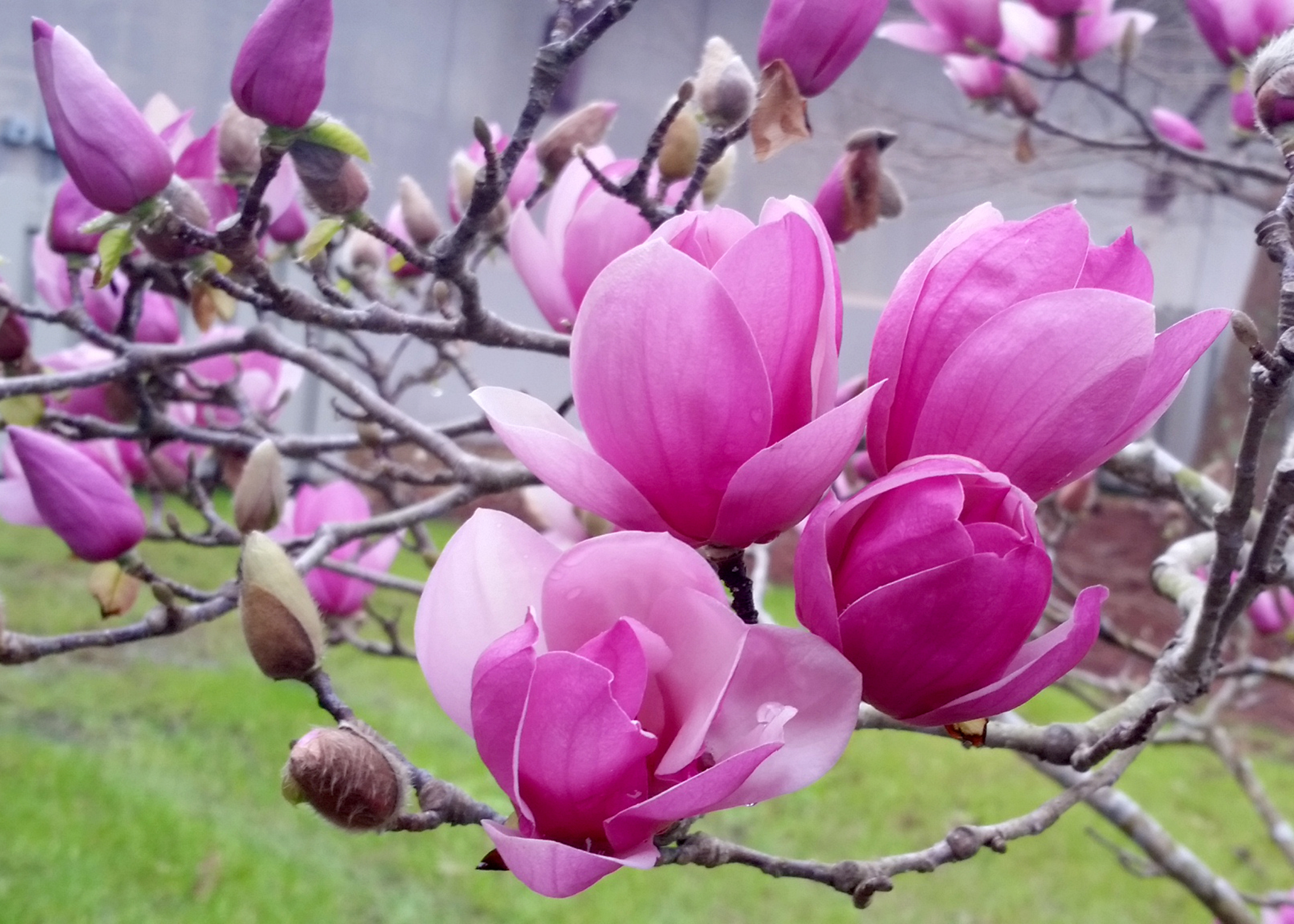STARKVILLE, Miss. -- Winter and spring weather in Mississippi is a rollercoaster ride. Some nights are below freezing, while others feel like midsummer. With the warmer, sunnier weather, people begin to pay more attention to their ponds.
This past weekend was glorious and I appreciated puttering around my yard and landscape. It's not often that we can enjoy a Saturday and Sunday in February with temperatures in the mid-70s and bright sunny skies.
But I had to take a step back and remember that our last frost free date on the coast is about April 1, so I continued to transplant curly kale and Bright Lights Swiss chard in my EarthBoxes and harvested some fresh red and green romaine lettuce for salads.
VERONA, Miss. -- Mississippi State University specialists and researchers met with northeast Mississippi agricultural producers in Verona on Feb. 16 to provide updates and hear requests for future programs.
Jane Parish, newly appointed head of the North Mississippi Research and Extension Center, said the annual Producer Advisory Council meeting reflects the close relationship between area producers and the MSU Division of Agriculture, Forestry and Veterinary Medicine.
JACKSON, Miss. -- Before Carson Keene sold his grand champion Duroc hog at the Dixie National Sale of Junior Champions, he had a conversation with his family about where the proceeds should go.
The 12-year-old 4-H'er and sixth-grader at Presbyterian Christian School in Petal had known for several months that his 6-year-old schoolmate Noelle Carter was awaiting treatment at Batson Children's Hospital for liver cancer. He decided to donate the auction proceeds to Carter's family.
“Our school was raising money, and I wanted to try to do something, too,” Keene said.
CEDAR BLUFF, Miss. -- Ali Fratesi Pinion may be part of the millennial generation, but she farms more like her great-grandparents.
Pinion and her husband, Dustin, operate Beaverdam Farms in Clay County on the principle that healthy soils create better foods and communities. The Pinions have modeled their farm after a successful project in Virginia that emphasizes building up the soil, capturing carbons and feeding local communities.
STARKVILLE, Miss. -- Mississippi high school juniors considering medical careers in their home state have the opportunity to take part in an intense and revealing summer program at Mississippi State University.
The five-week Rural Medical Scholars summer program at MSU will seek to identify the state's future primary care doctors and help them become members of the medical school class of 2026. Applications for the May 28 through June 29 program must be submitted by March 20.
STARKVILLE, Miss. -- Education is part of the solution to the unfortunate paradox facing many areas in Mississippi that struggle with high obesity rates but healthy food is not easily accessible.
Saucer magnolias and other flowering, deciduous magnolias start to peek out of their buds every spring, usually in late February or early March. The rush of colorful pinks is always a welcome sight.
So, imagine my surprise when the saucer magnolia at the Mississippi State University Coastal Research and Extension Center in Biloxi exploded into bloom three weeks early in mid-January.
STARKVILLE, Miss. -- A new way of growing rice keeps costs down while maintaining yields, and Mississippi State University researchers say the method does not hinder application of the key fertilizer.
Alternate wetting and drying, or AWD, is a method for growing rice that allows fields to dry out before farmers flood them again. The conventional method of growing rice uses a continuous flood over the paddy.






